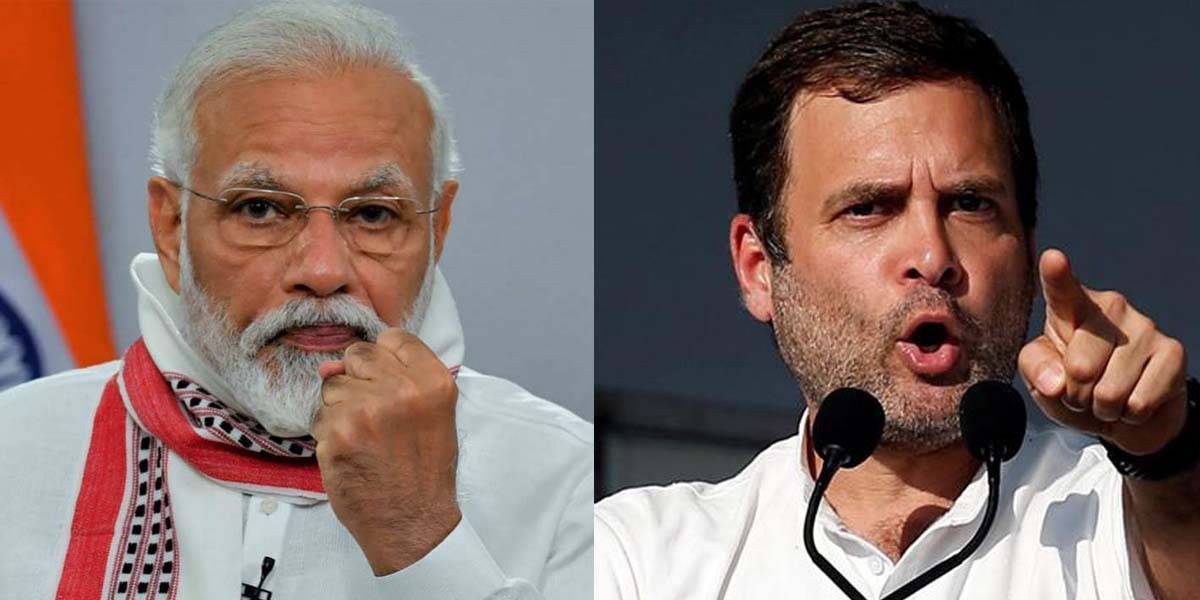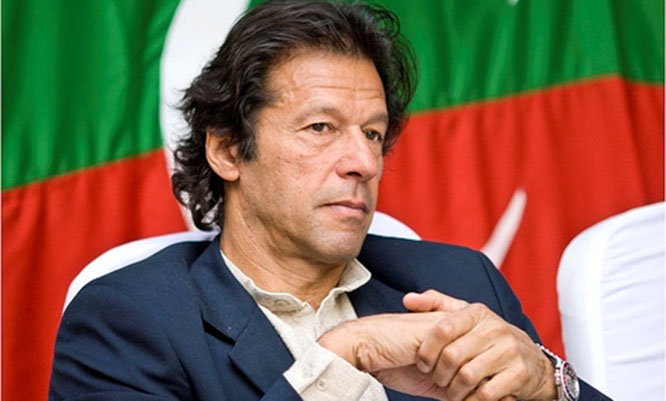
New Delhi, Feb 23: Puducherry is the sixth state or union territory that Congress has lost to BJP despite being in power or in a position to form a government after Narendra Modi became the prime minister in 2014.
Congress lost Arunachal Pradesh, Madhya Pradesh and Karnataka to the BJP while being in power as the saffron party managed to wean away a section of its MLAs and form governments. Congress lost the Puducherry government just two months before the elections as five of its MLAs resigned.
In Manipur and Goa, Congress emerged as the single largest party but BJP managed to form governments after breaking the Congress legislature party.
Sikkim would be another case of interest and intrigue as the BJP, which did not win a single seat and even lost deposits in the 2019 Assembly polls, now has 12 MLAs in the Assembly by weaning away all MLAs of Sikkim Democratic Front except former Chief Minister Pawan Chamling.
In Rajasthan, the BJP attempted to wean away Sachin Pilot to break the Ashok Gehlot-led Congress government like it did in Madhya Pradesh where it managed to rope in Jyotiraditya Scindia to unseat Kamal Nath-led government. Gehlot managed to thwart the BJP designs.
The BJP's first taste of success in overthrowing a Congress government was in 2016 in Arunachal Pradesh. Congress had won 42 out of 60 seats and 11 for BJP in Arunachal in 2014 Assembly polls.
Nabam Tuki first became the Chief Minister and later Pema Khandu assumed power. Khandu along with 40 other Congress MLAs came out of the party in July 2016 and joined the People's Party of Arunachal, only to merge with BJP later in the year, and remained as Chief Minister till the term ended in 2019. He returned to power again.
Arunachal also witnessed a short spell of President's Rule when Tuki was the chief minister but the Supreme Court found it faulty, leaving the Centre with egg on its face.
In 2018, Karnataka also saw the mantle of power changing hands mid-way after Congress taking the leadership of the government with the support of JD(S). Initially, the single-largest party BJP was invited to form the government but lost the vote of confidence.
Congress with 80 MLAs and JD(S) with 37 joined hands but working behind the scenes, BJP managed to wean away 16 Congress lawmakers, leading to the fall of Siddaramaiah government and Yediyurappa assuming power once again.
Madhya Pradesh was the third state where Congress was ousted from power after forming the government. Congress had formed the government in 2018 with the support of 121 MLAs. However, BJP managed to swing Scindia and 26 MLAs supporting him to its side. In the bypolls, it managed to win 19 of the 26 seats and cementing its majority.
Manipur and Goa were a different story as Congress could not even form the government.
In Manipur, Congress had emerged as the single largest party in the 2017 Assembly elections with 27 seats in an Assembly of 60 but the Governor invited BJP with 21 seats to form the government. The BJP then managed to wean away nine Congress MLAs while Congress had to be content with the Opposition slot.
Congress was expecting to return to power in Goa in 2017 and emerged as the single largest party with 17 seats in a House of 40. However, BJP with 13 seats first ensured that a Congress MLA switched sides and then got the support of 10 other MLAs to form the party.
In Maharashtra, however, the BJP plans did not go well despite BJP emerging as the single-largest party and Shiv Sena walking out of the alliance over the debacle regarding the rotation of chief minister's post. BJP had won 105 seats and Sena 56, which was enough to form the government.
Sena then joined hands with Congress and NCP and were in the process of forming a government but BJP attempted to spook them by holding an early morning swearing-in of Devendra Fadnavis, after bringing NCP chief Sharad Pawar's nephew and strongman Ajit Pawar to their side and making him the deputy chief minister.
However, smart political play by the senior Pawar and others prevented any flow of MLAs from NCP. The Fadnavis government resigned soon after the Supreme Court ordered a floor test after finding out that they could not muster the numbers.







Comments
Add new comment